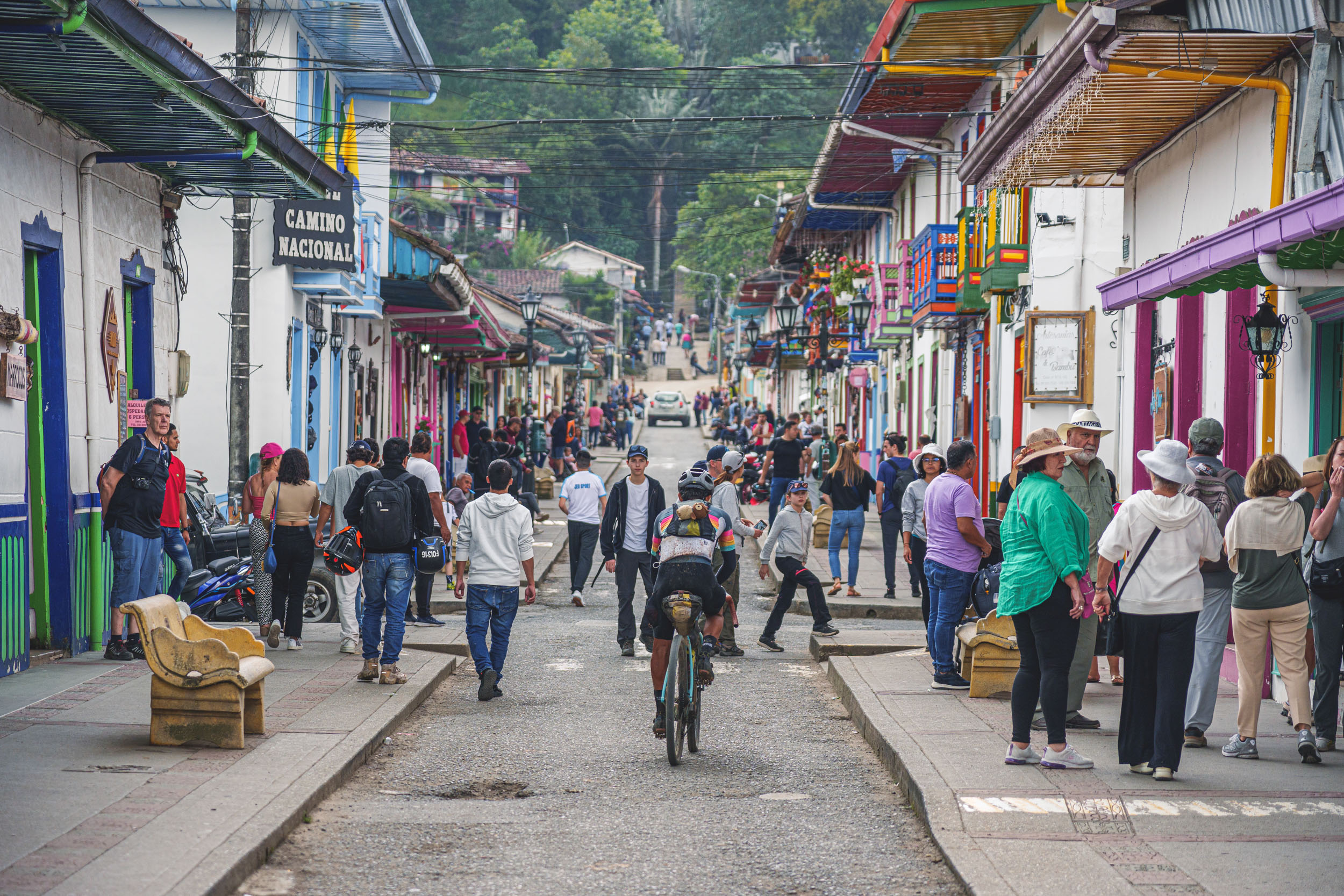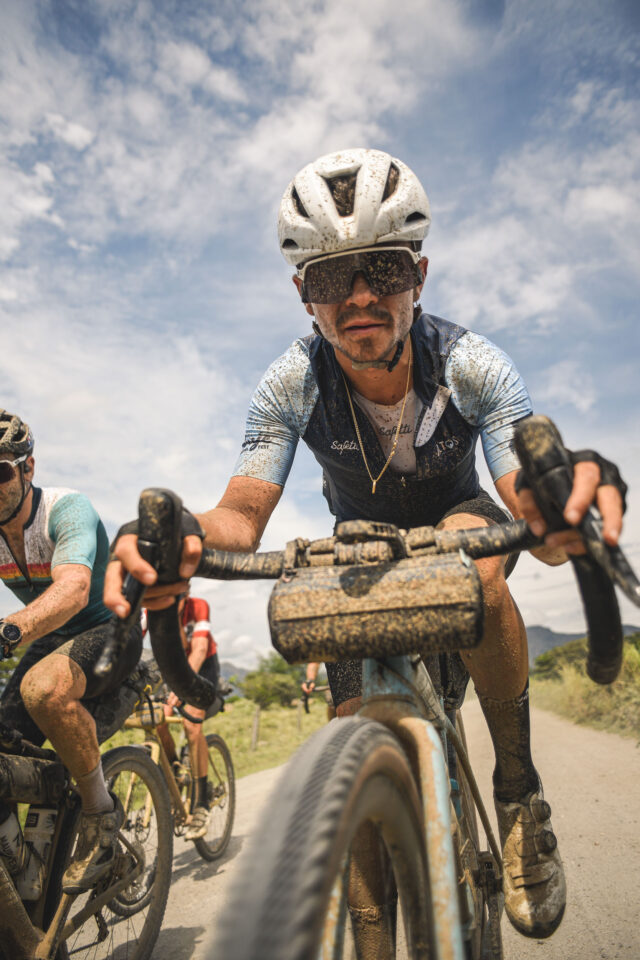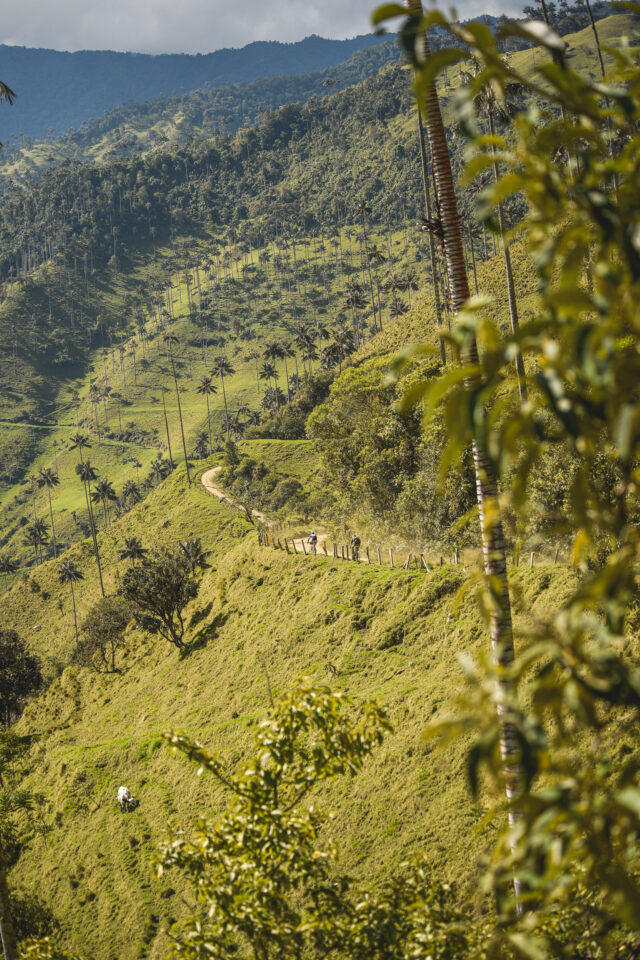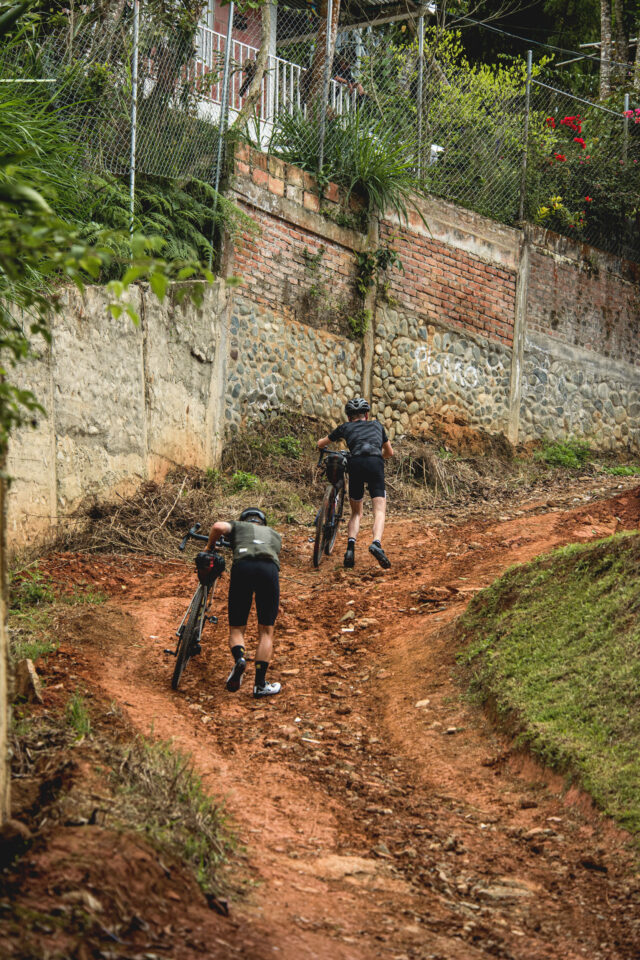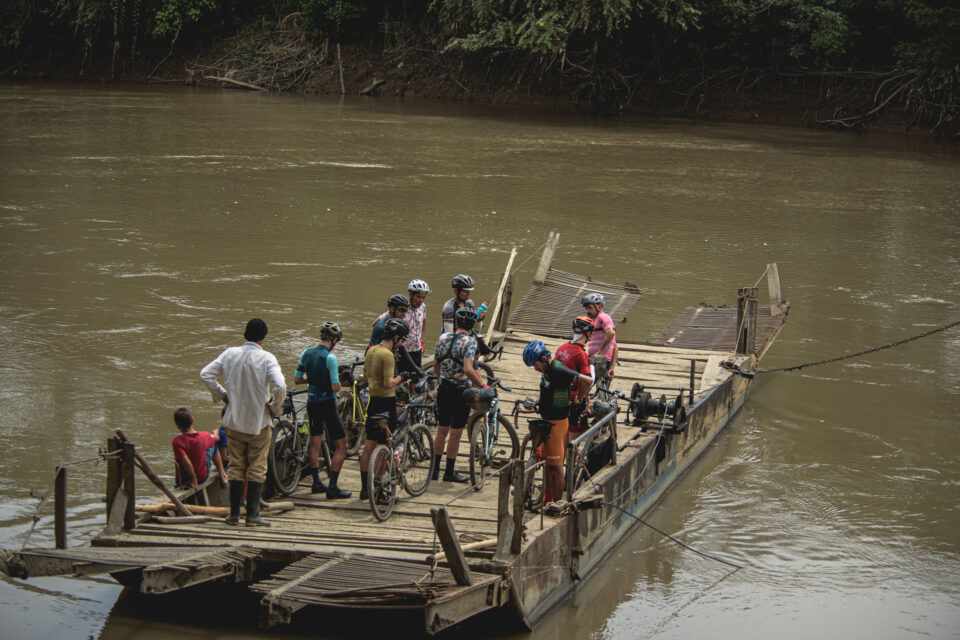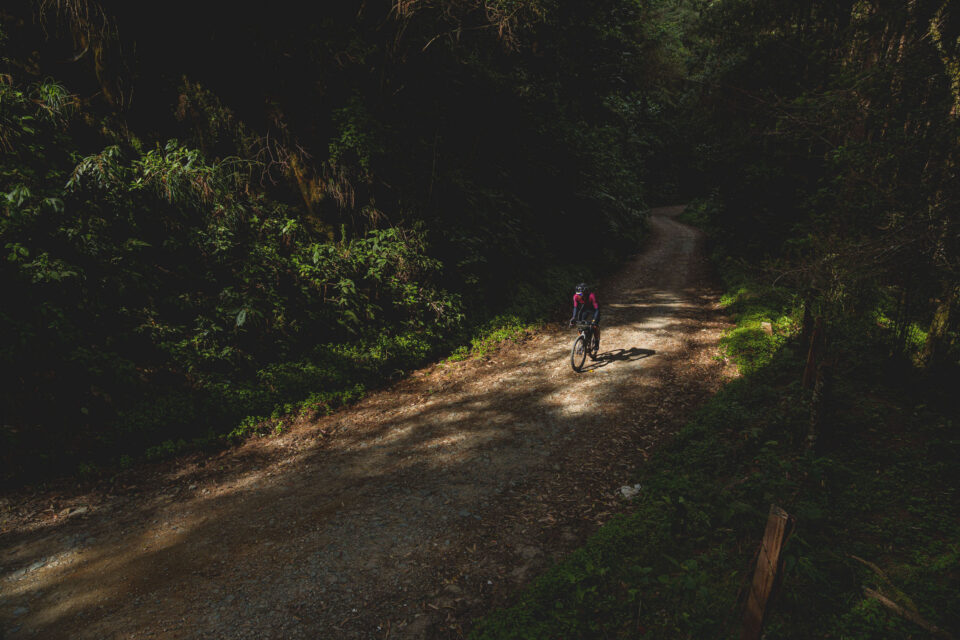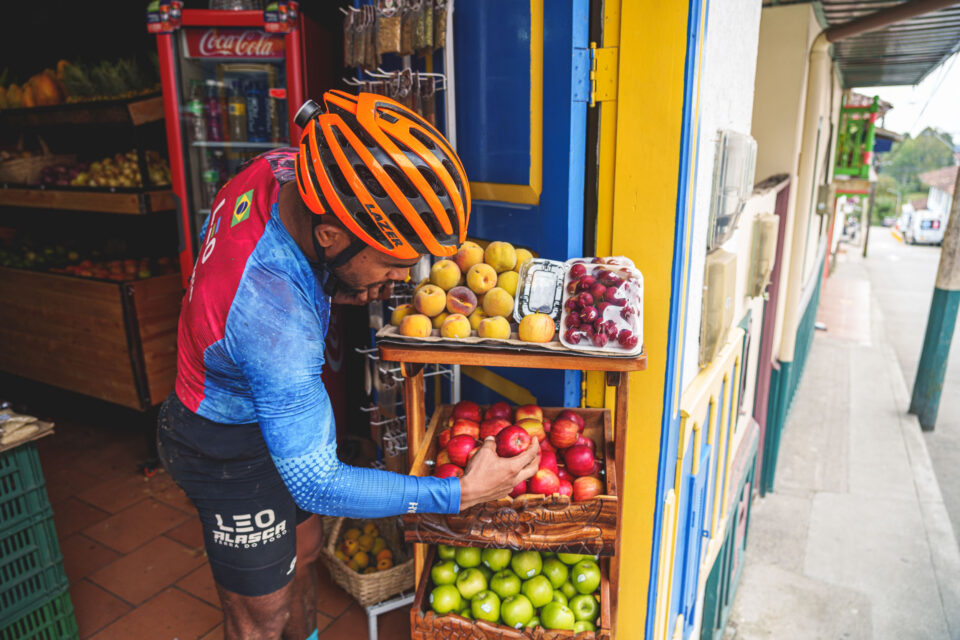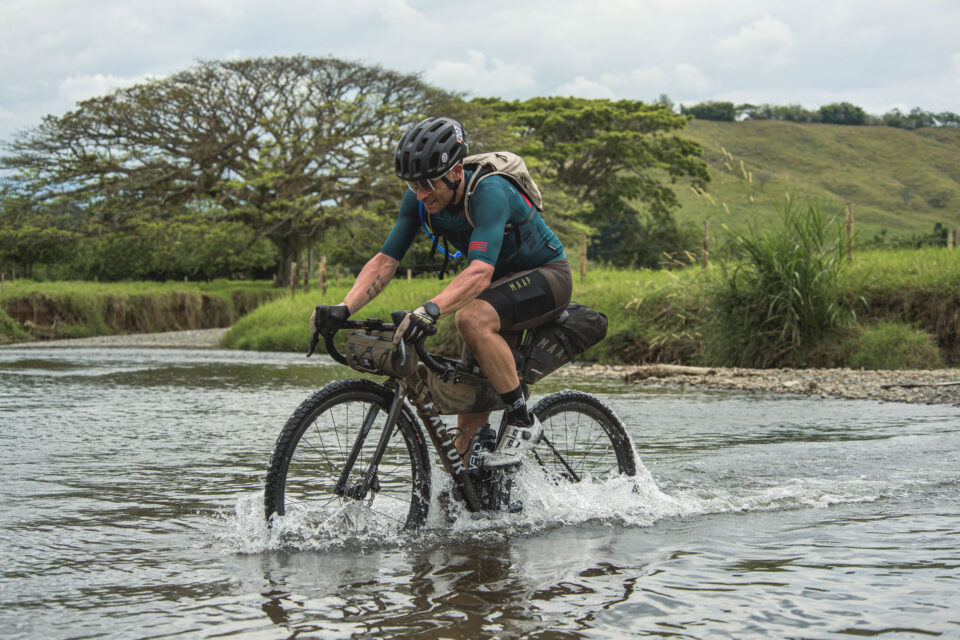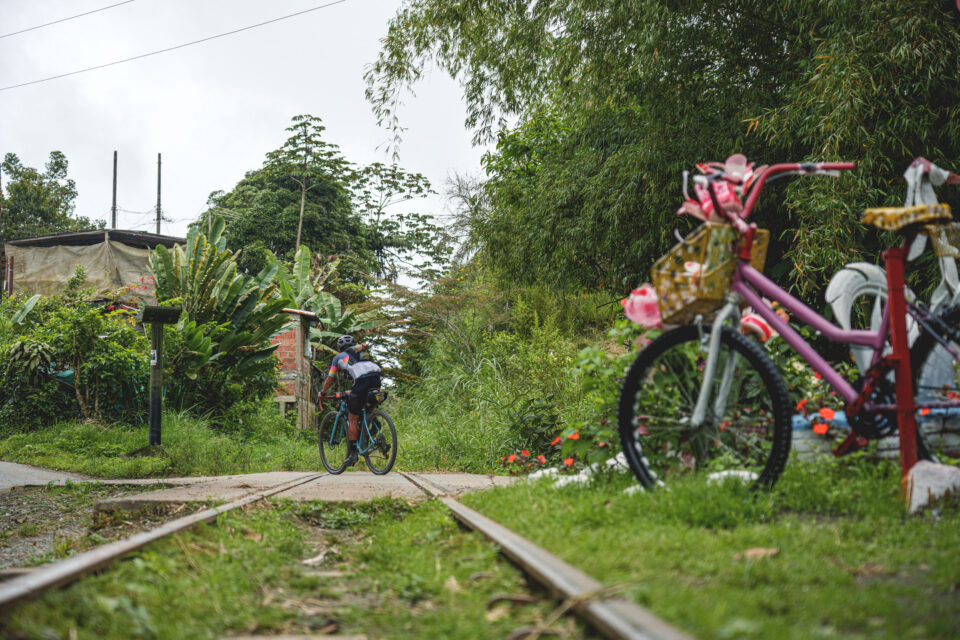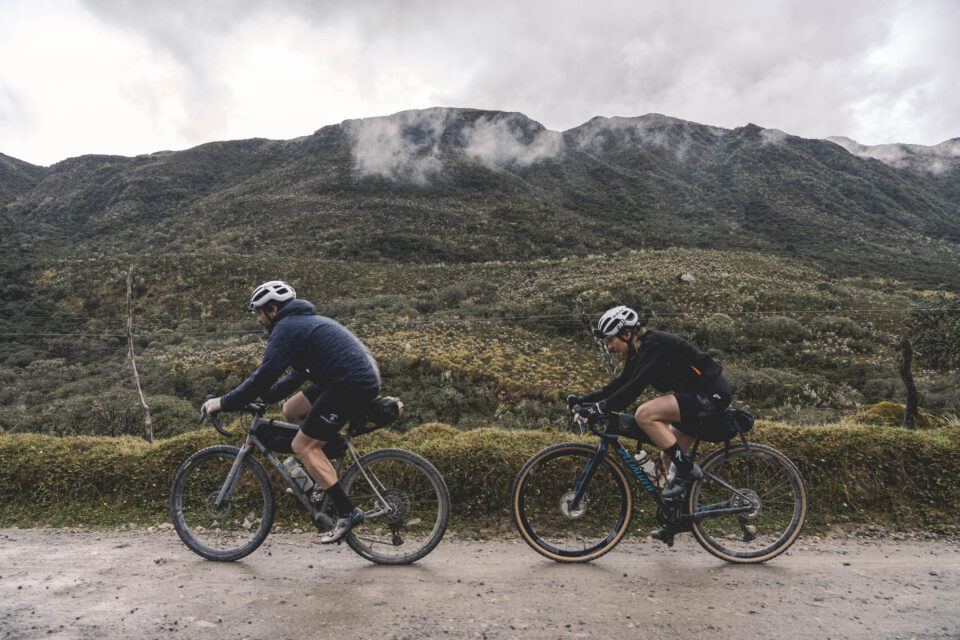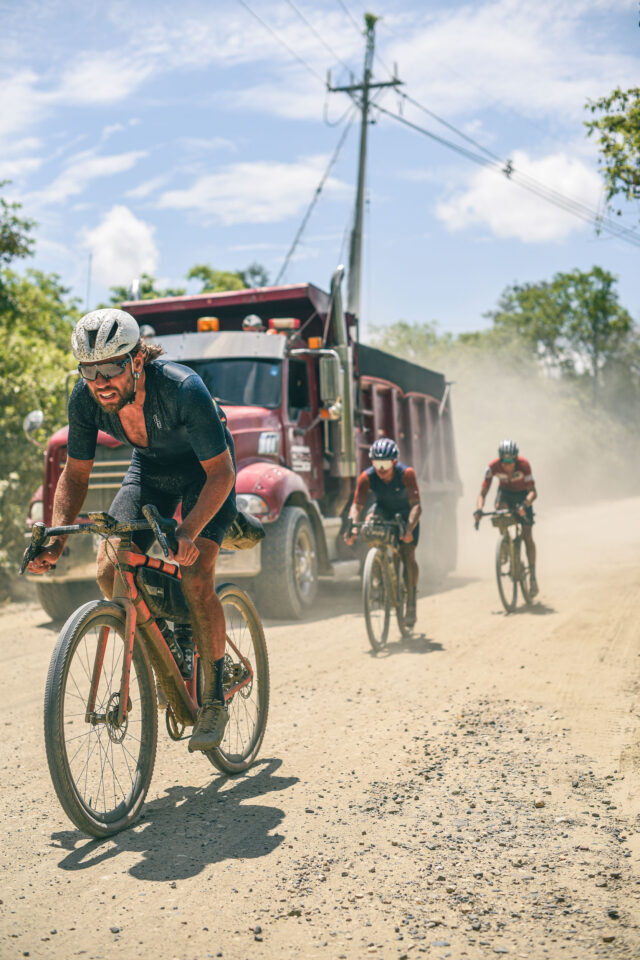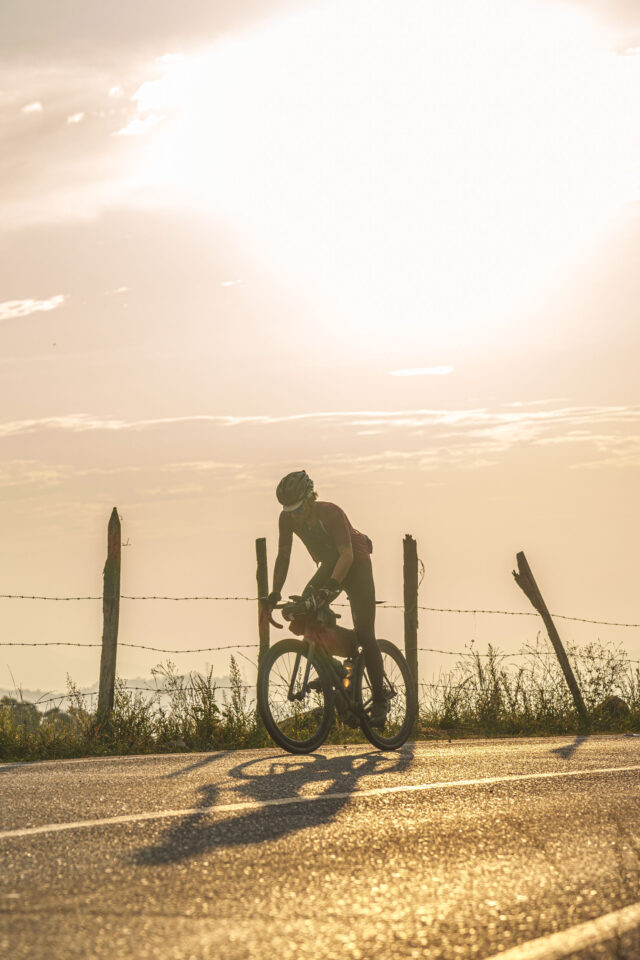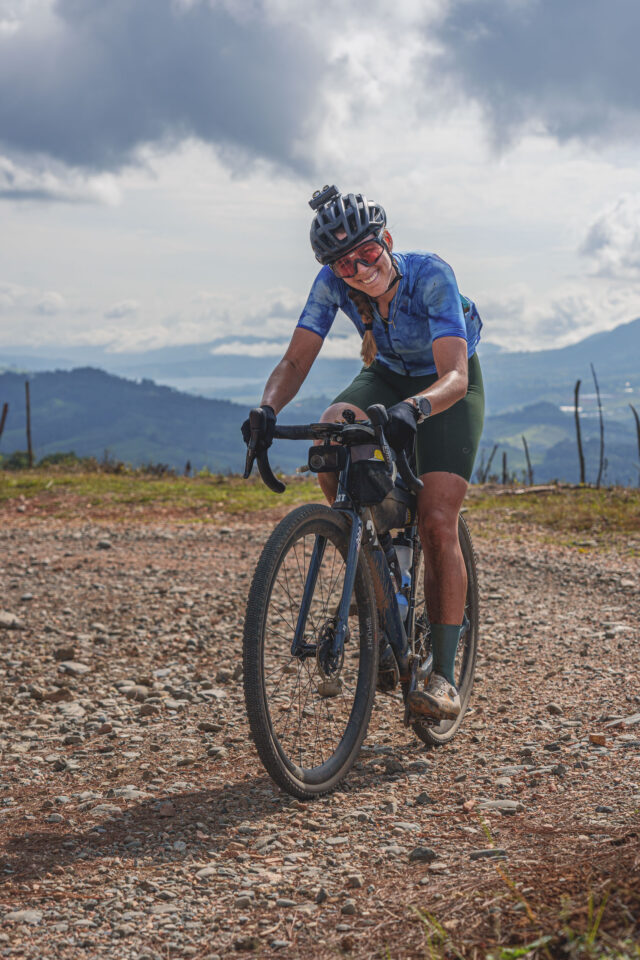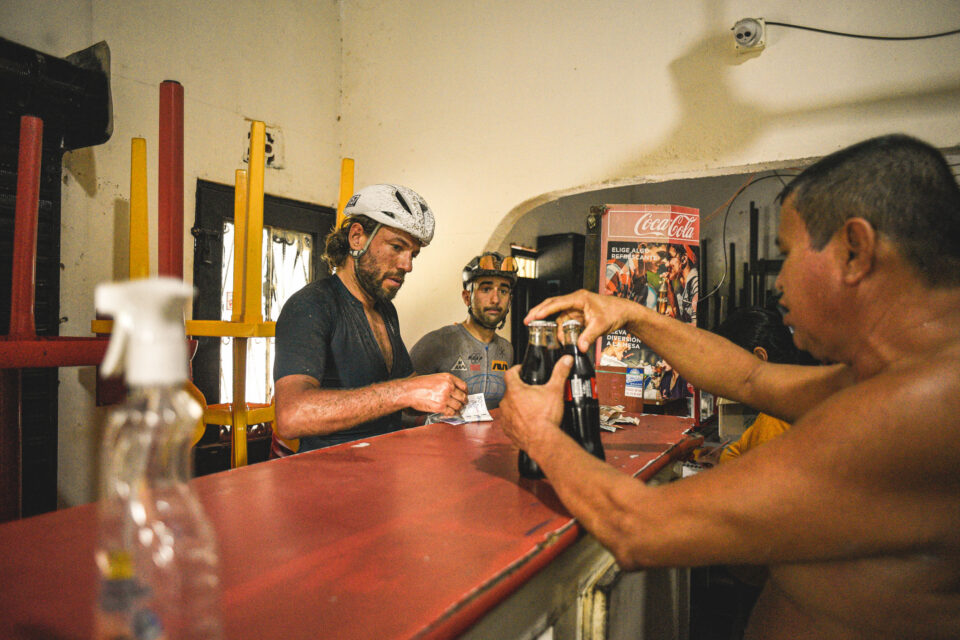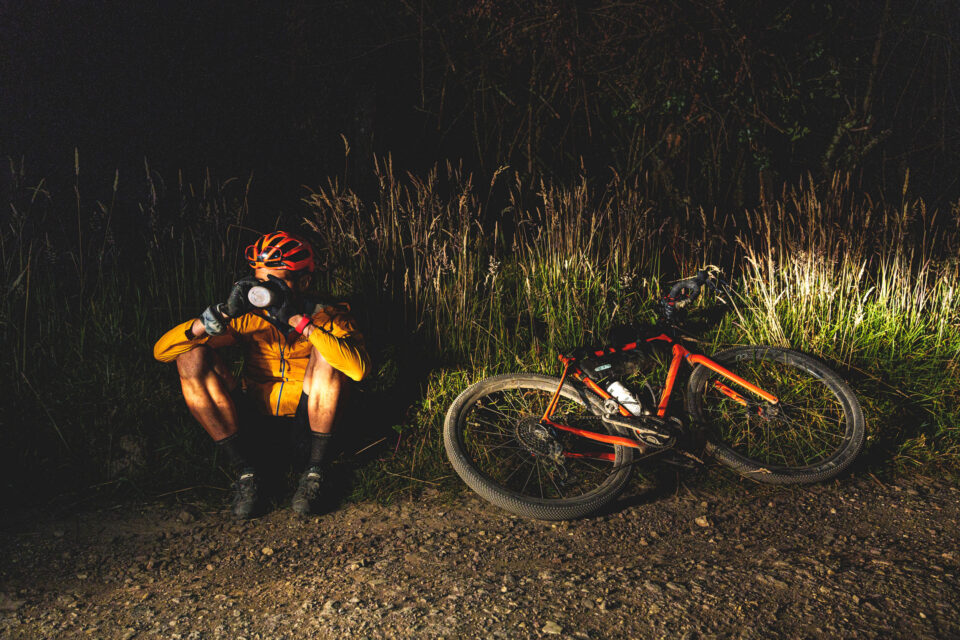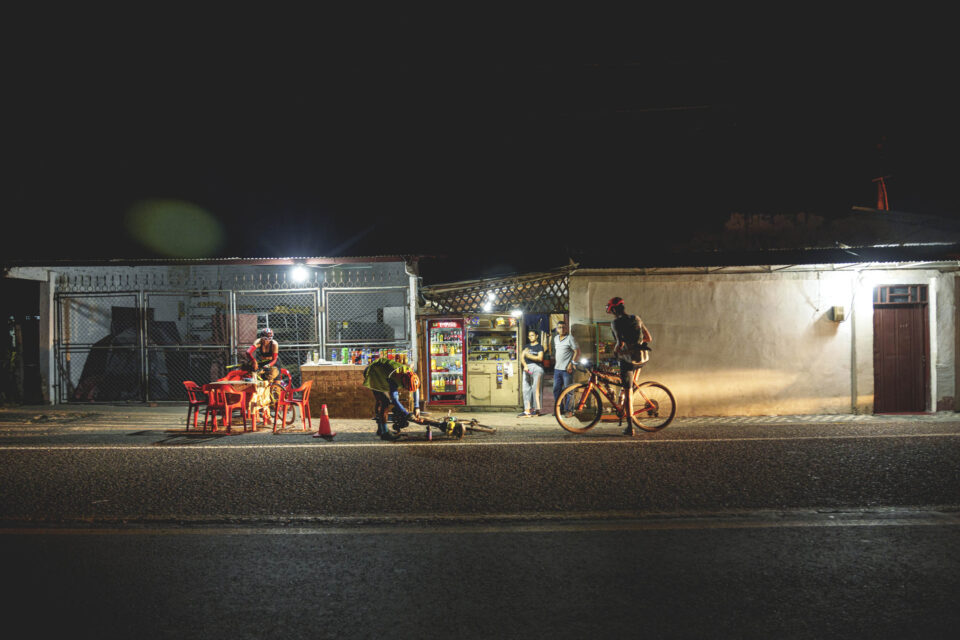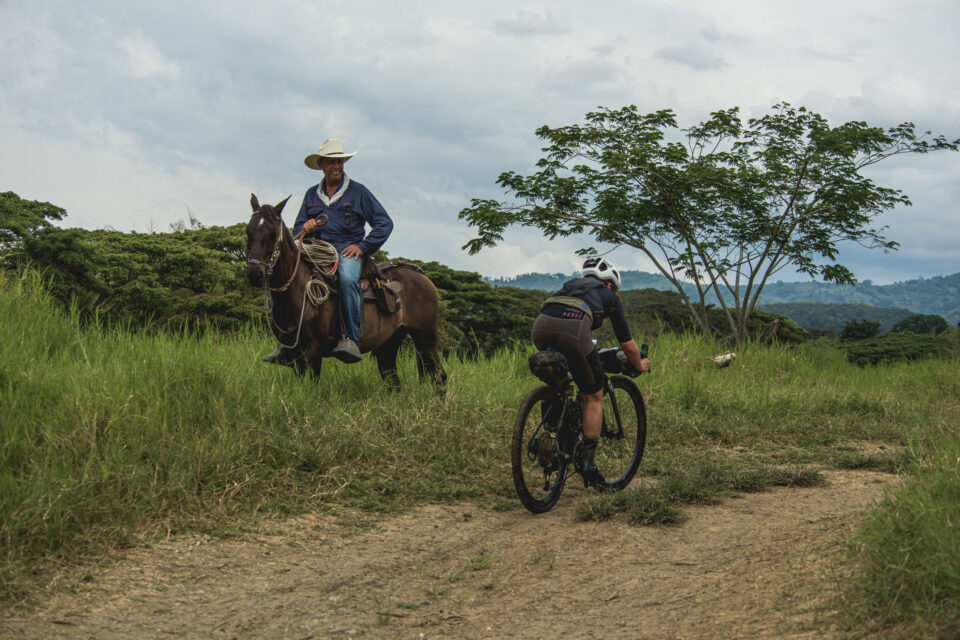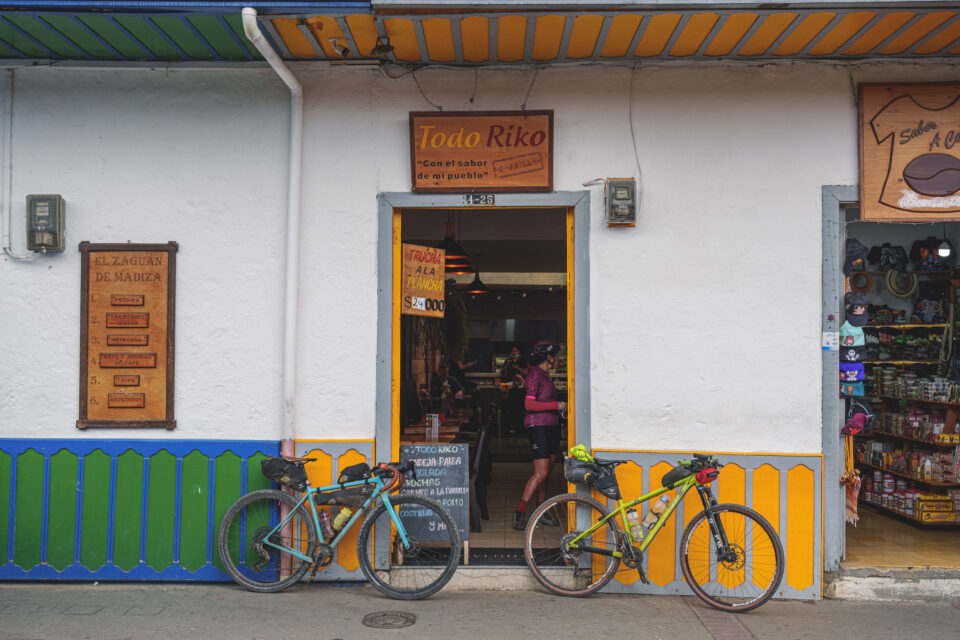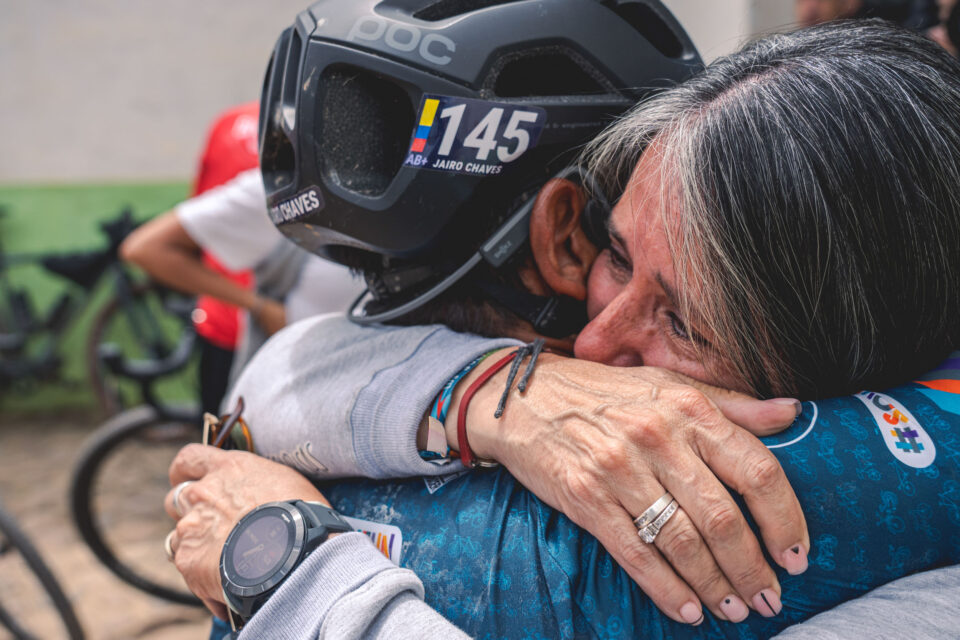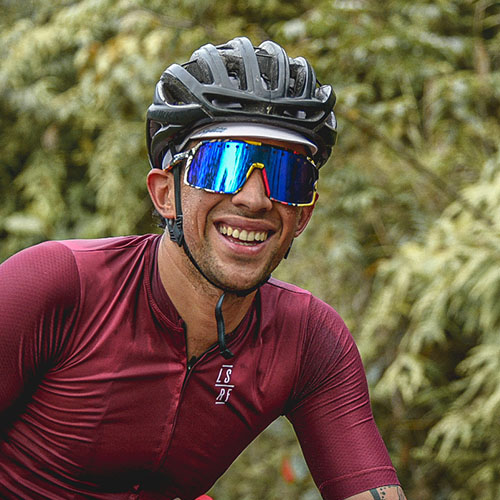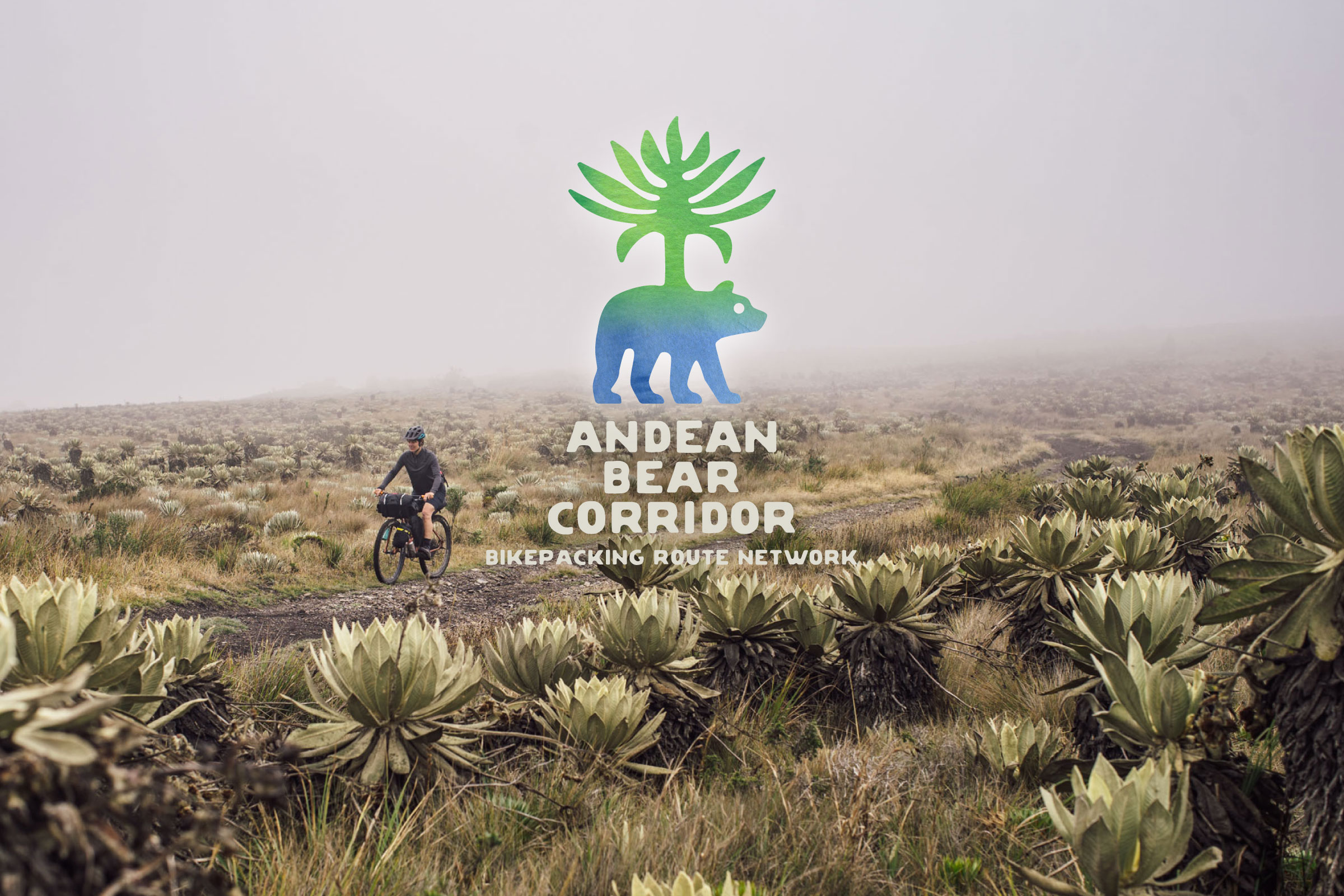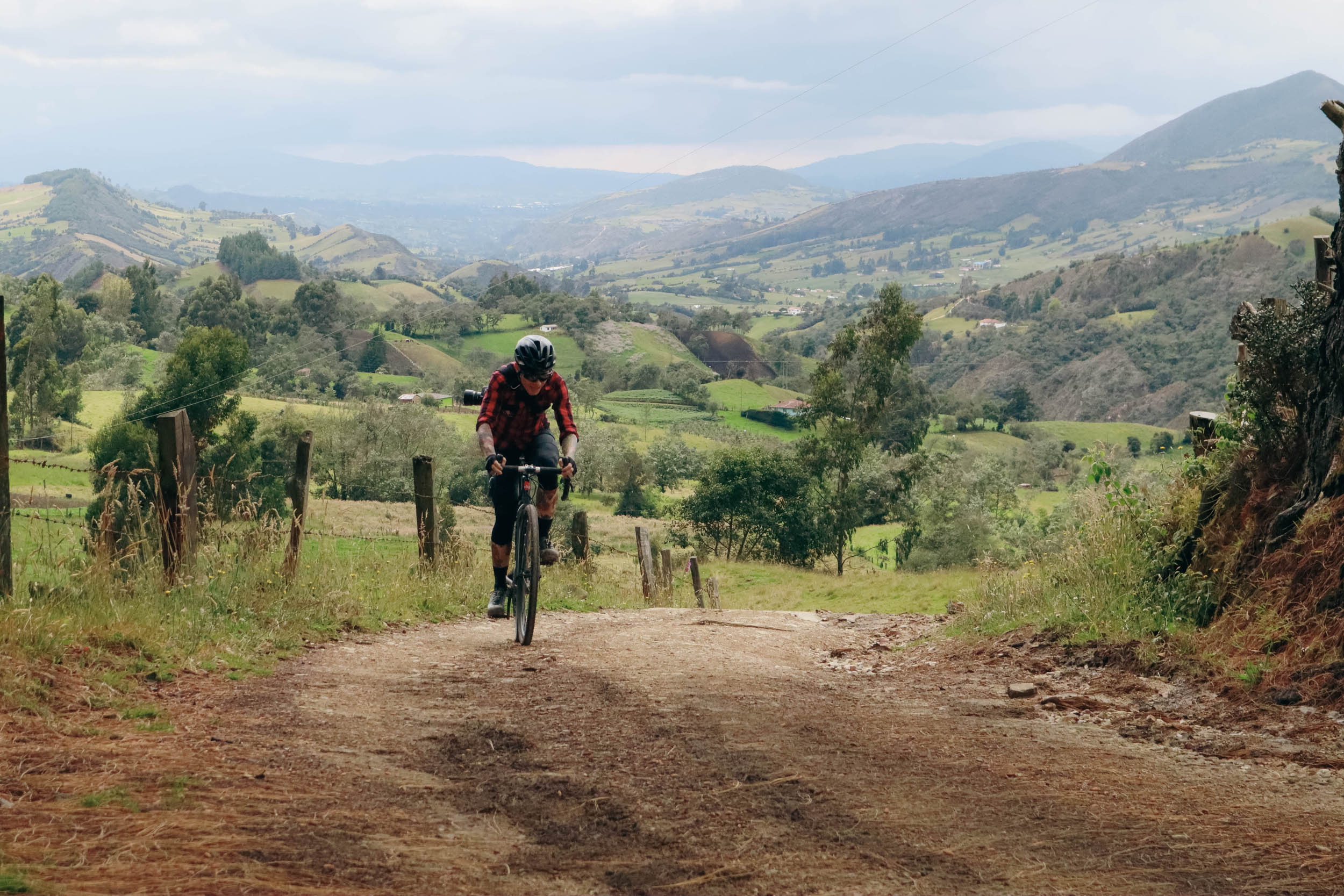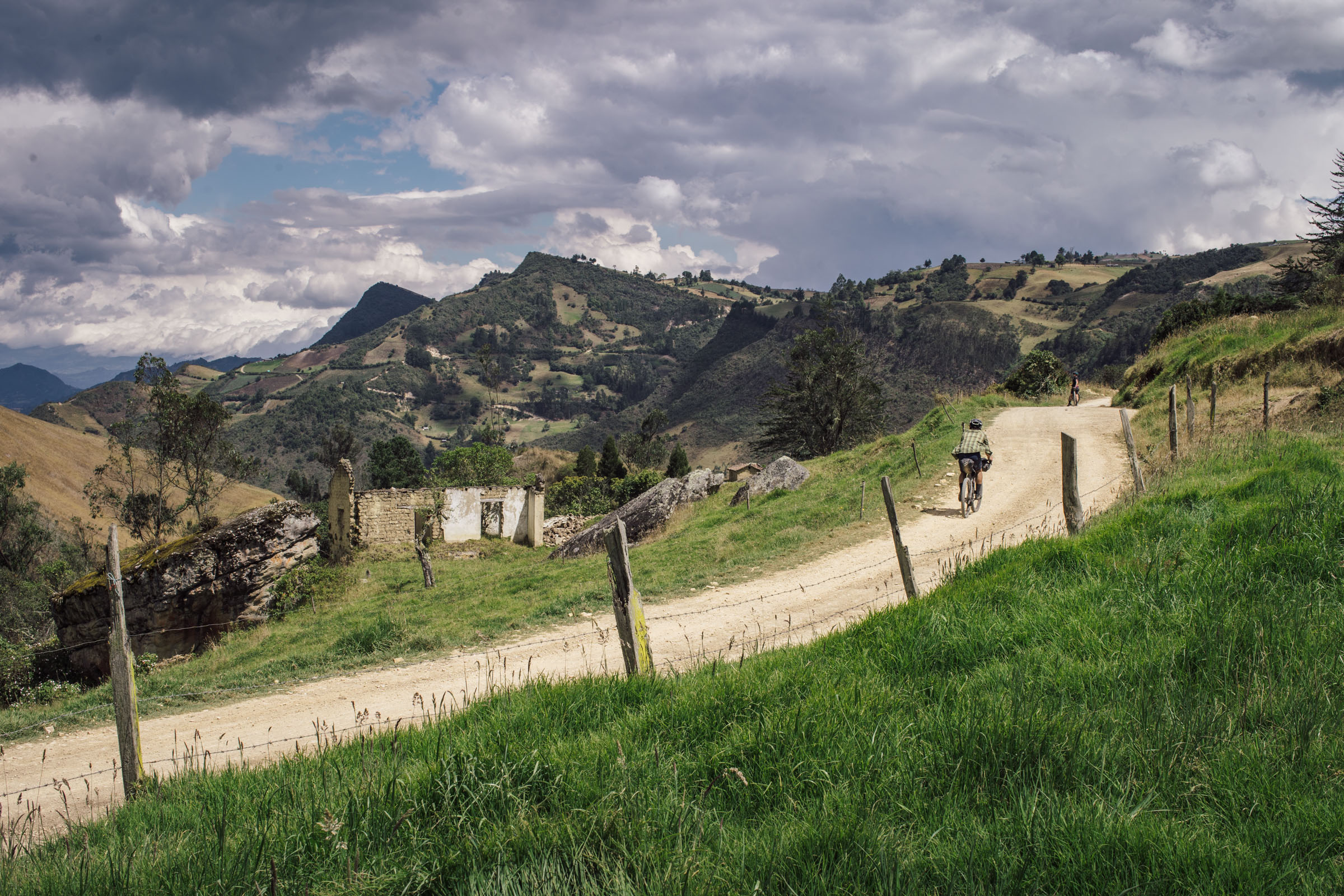Transcordilleras: Colombian Gravel Madness
Share This
Transcordilleras is a 1,000-kilometer self-supported bikepacking race across the Andes in Colombia. This year, the organizers offered three-stage, eight-stage, and non-stop versions of the event. Find a report from non-stop race winner Julian Manrique with a beautiful gallery of images from the Transcordilleras media team here…
Words by Julián Manrique, photos by @aburracolombia for Transcordilleras
From early morning commutes to weekend rides, cycling has seen a surge in popularity in Colombia in recent years, and thousands of cyclists can be seen pedaling their way across the country on any given day. Cycling has become more than just a mode of transportation; it has become a culture that represents the people.
The cycling culture in Colombia is unique and diverse. On a weekend, you can find all kinds of cyclists on the roads, from seasoned professionals on high-end road bikes to families riding together on old cruisers. Every cyclist is on their own mission, whether it’s training for a race, commuting to work, or simply enjoying the outdoors. The country’s topography, with its vast mountain ranges, provides us with challenging yet rewarding terrain. The landscapes are incredibly diverse, ranging from high-altitude mountain passes to lush tropical jungles.
Cycling through this diverse terrain allows us to witness the country’s unique ecosystems and the biodiversity that comes with it. That’s why, as the Transcordilleras race approached, I felt an excitement I hadn’t even felt in my two previous ultra-cycling races. This time was different. I was going to traverse my own country, which I still need to discover. It was a dream come true.
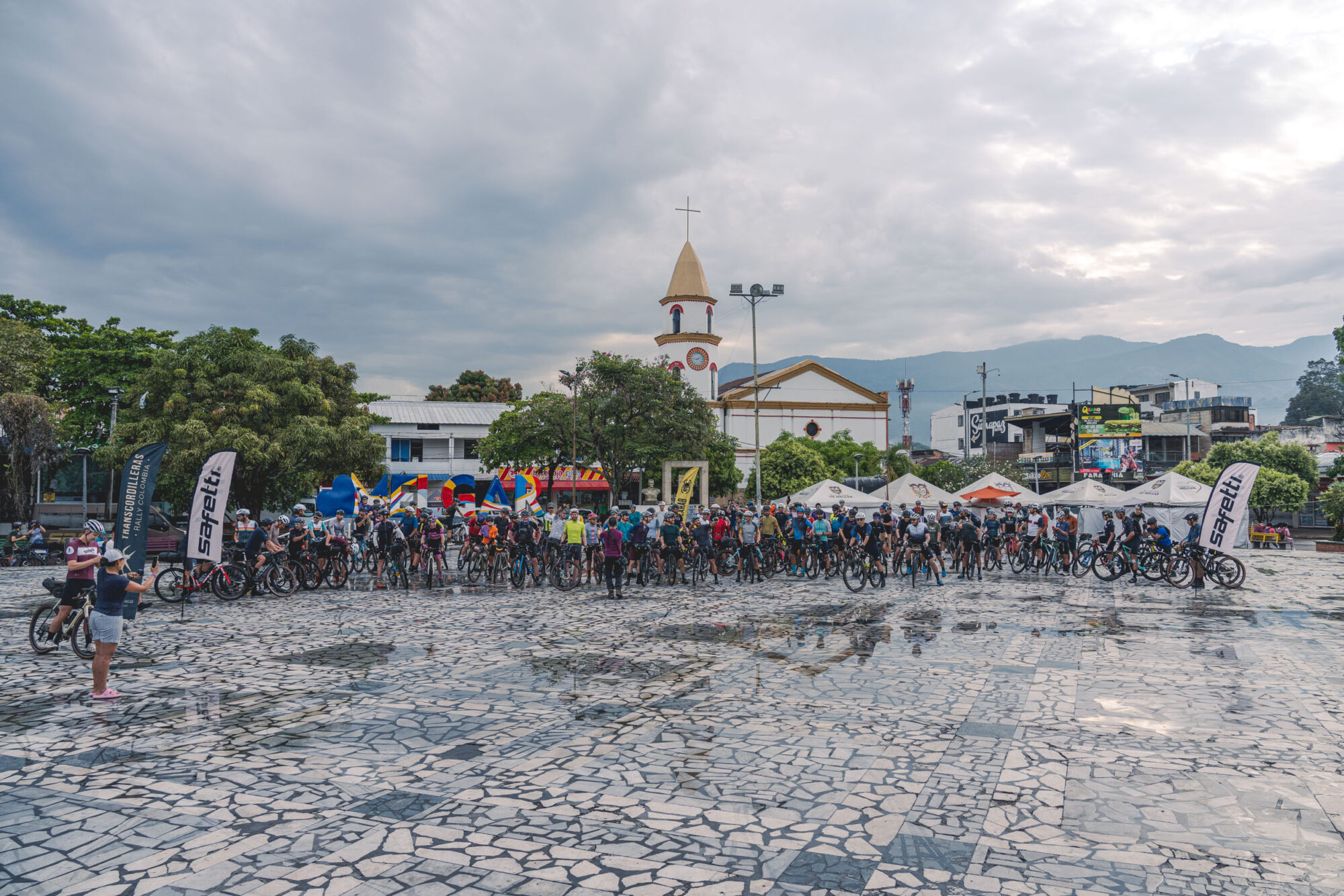
The Transcordilleras race is one of the most challenging and prestigious cycling events in Colombia. The race spans around 1,000 kilometers and takes participants through the country’s three cordilleras. The route is known for its steep inclines and extreme weather conditions, making it a true test of endurance and skill. As the race started, I quickly realized that the mountains were unforgiving and the gravel was much tougher than I had anticipated. Even though I’m familiar with the gravel I could encounter, I found myself struggling to keep up with the pace and had to walk up steep segments more than a few times. It was only the beginning, and I kept pushing because I was feeling excited. The quick change of scenery kept me going further, and as the sun began to fade, the route shifted into an endless gravel maze. I relied on my Garmin to tell me where to go, even when it meant passing a deep river. My feet were soaked, and my body was starting to feel the strain of the challenge.
It took me 23 hours to reach the first checkpoint in Salento, a small town in the heart of the Colombian coffee region. I was exhausted and in desperate need of a break. When I finally arrived in Salento, I was overcome with happiness. The simplest breakfast of eggs and rice tasted like a gourmet meal, and I was grateful to be able to sit down and rest for a while. However, I couldn’t relax completely because I was leading the race, and I knew I had to keep going. As I sat there, my eyes started to shut down, and I started to fall asleep at the table. The restaurant owner noticed my need for rest and offered me an empty space with a piece of cardboard to lie on. Despite feeling exhausted and sleepy, I couldn’t shake off the fear of losing my lead. I was in shock, and my mind was still racing, making it impossible to get any sleep.
After about 30 minutes of rest, I decided to continue. I had never been in the lead position in a race until that day. I didn’t know what I needed to do to maintain my lead, other than to keep cycling. I knew that not getting enough sleep the first day would lead to a decrease in my performance, but my mind was too excited to be at the front of the pack. Time passed quickly, and before I knew it, I was entering yet another gravel segment.
The gravel descent segment of la linea was one of the toughest parts of the race, and no matter how long it was, time seemed to slow down. It felt like the soil wanted me to stay forever, and the harder I pedaled, the harder it became. While most of the section was a descent, steep climbs would suddenly appear out of nowhere, as though the mountain was playing games with me. It felt like I was on an emotional rollercoaster as I tried to navigate my way through the twists and turns of the gravel path. The descent took me the whole day to complete, slowly making my way 80 kilometers downward through the mountains of the Central Andes. Every turn felt like it was taking me closer to the finish line but also further away at the same time.
Before nightfall, I had a chance to glance at the breathtaking Magdalena Valley. This valley is home to the most important river in Colombia, the Magdalena River. This river is more than 1,500 kilometers long and runs through 24 departments of Colombia. The river has played a vital role in the country’s history and economy for centuries. Sadly, I could only see the golden reflection of the sunset on the Magdalena River before the gravel segment appeared before me, seemingly endless and unyielding. The rough terrain made it difficult for me to pedal, and the steep climbs only added to my exhaustion. Despite my determination to reach checkpoint two, the combination of fatigue, lack of water, and the unrelenting gravel segment made it seem like an impossible feat.
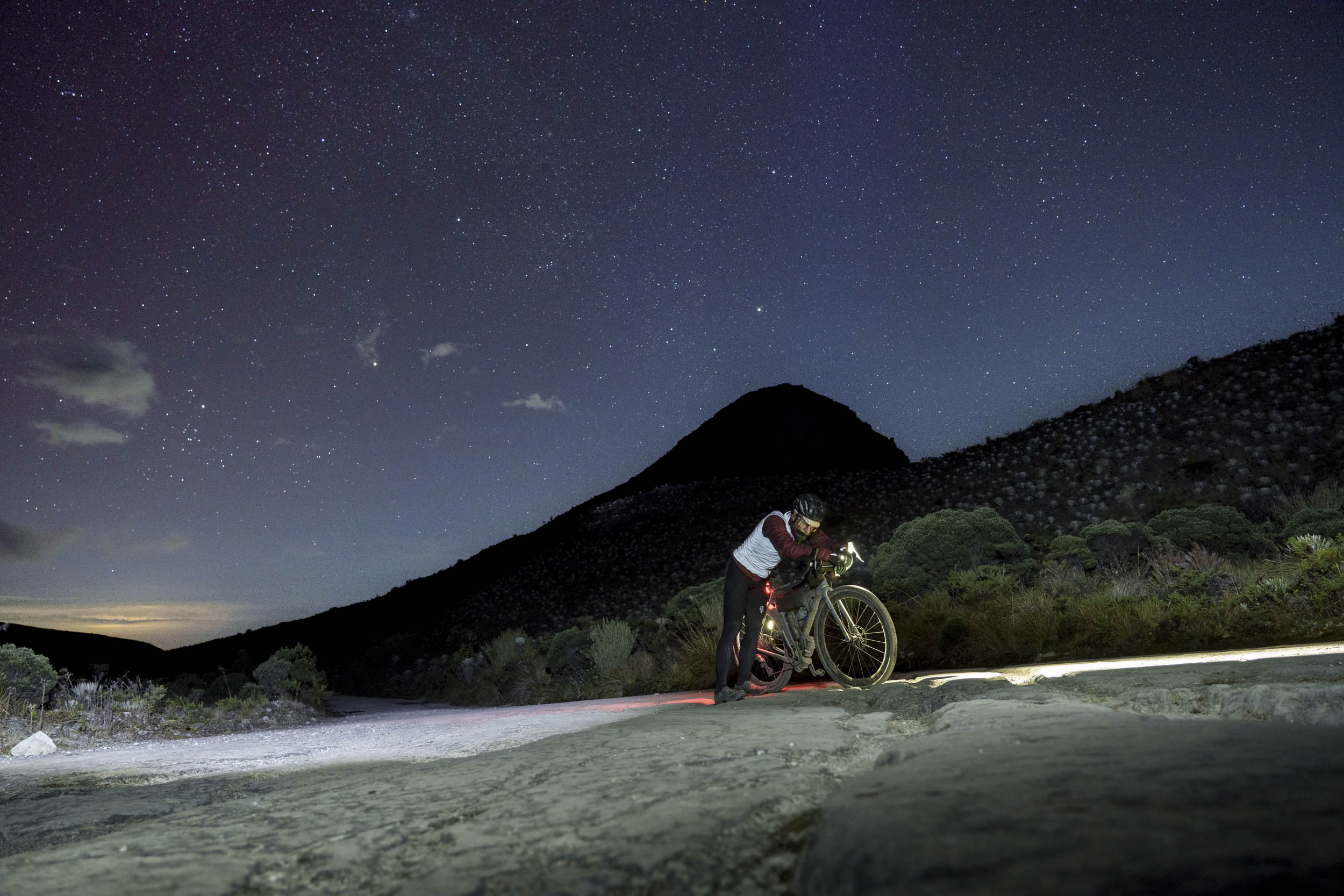
At long last, I arrived at the hotel of checkpoint two in the early hours of the morning, exhausted and in pain. As I removed my socks, I couldn’t help but notice how disgusting they were, a testament to the grueling journey I had endured thus far. Despite the physical discomfort, I knew I needed to rest my body and mind, and I managed to get three hours of sleep before setting off once again.

The next leg of the race presented a formidable challenge: an 80-kilometer climb that was divided into two massive mountains. The sun was already high in the sky, and the heat was intense, a result of Colombia’s varied thermal levels. The climbs were steep and unrelenting, leaving no opportunity for rest. To avoid getting too fatigued, I had to slow down my pace and preserve my heart rate. Finally, I reached Fusagasuga, the base camp before the queen stage, the Paramo de Sumapaz. This climb was like nothing I had ever experienced. It was the biggest páramo in the world, reaching a staggering 3,800 meters of elevation.
Unfortunately, when I arrived in Pasquilla, the base of the climb, it was already 6 p.m., and I was faced with a difficult decision. If I stopped to rest and wait for sunrise, I risked losing my lead to the other cyclists who were more rested than I was. So, I decided to press on, even though it was getting dark. Thankfully, the weather was clear, and I had a window of about eight hours to make the most of the good conditions. I began the grueling Sumapaz climb at 7 p.m., and it was so steep and rocky that I had to walk most of the final six kilometers. The cold and exhaustion were setting in, and the higher I climbed, the less oxygen there was to breathe.
Eventually, I made it to the top, but I was completely spent. I had to find a place to rest and recover. I wrapped myself in my thermal emergency blanket and scoured the area for shelter. Finally, I found an empty military bunker at 3,800 meters and collapsed in exhaustion. It was a much-needed hour of rest that gave me the energy to descend down off the mountain. I had never experienced anything like this before. I had only slept for three hours and a couple of power naps. When I checked the tracker, I saw that the other riders were moving faster than I thought. The effort of crossing the páramo was taking its toll, and I was already too tired to speed up my pace, despite being so close to the finish line.
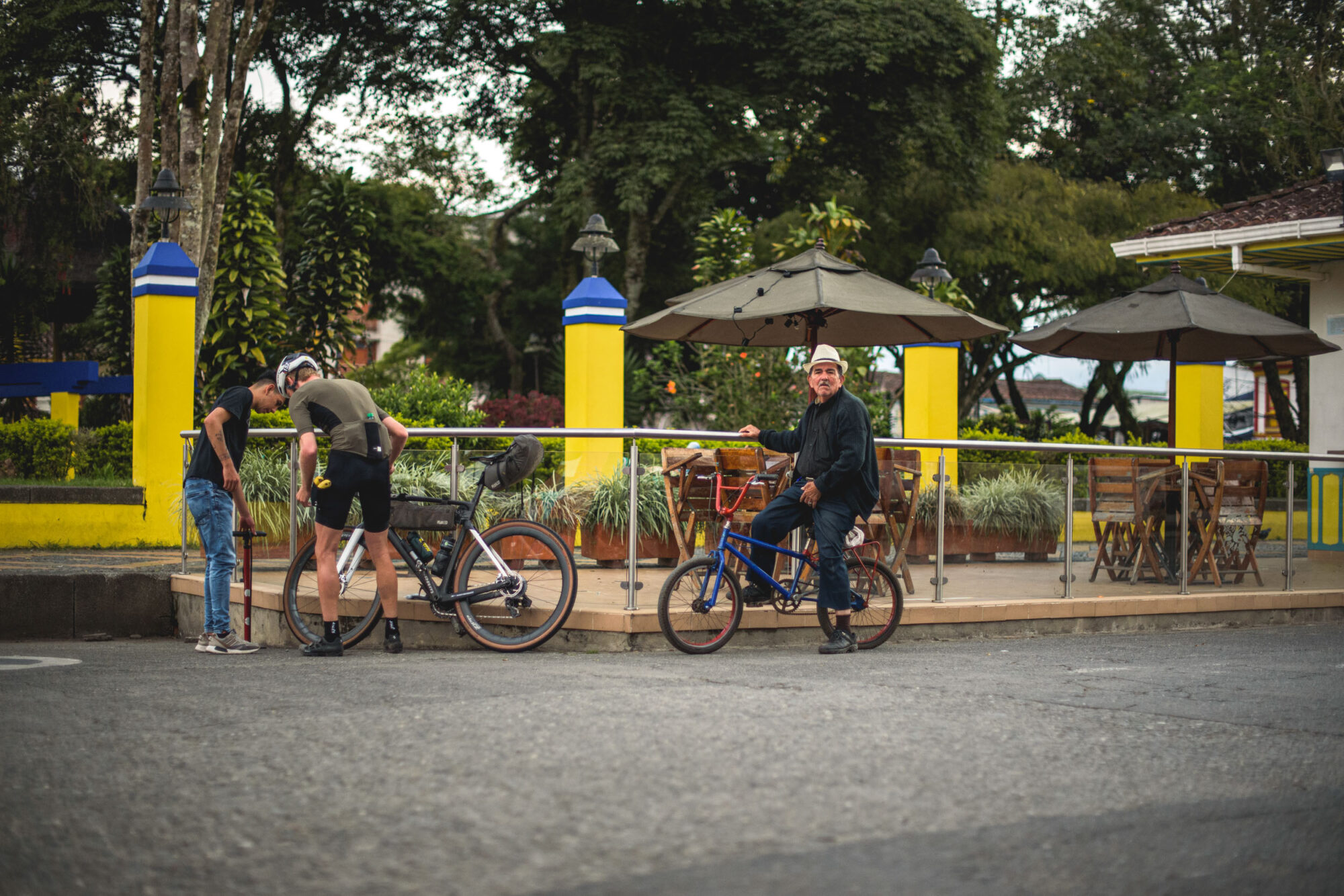
I arrived at the third checkpoint at 3 p.m., tired but excited to finish the race. I decided to make the last effort, a hard 13-kilometer climb with an overall 9% of pure gravel. Colombian gravel is way different from other gravel you can find, as it can have all textures available and some technical sections too. At the end, it was a race against time. The tiredness and fatigue were high, and my ass was killing me. I couldn’t be seated anymore, it was so hard at the end. To make things worse, the second-position rider, Jacob Cerón, was approaching at an incredible pace. I didn’t want to think that he would chase me eventually, but my mind was playing games at the end, thinking that I would have a mechanical issue and lose the race. However, this was my hometown, and I knew this gravel well. I knew I was getting close, and some people I know appeared to cheer me on in the last few kilometers. It was amazing to see that my family and some friends were waiting for me at the end.

I was excited; I had never realized how many people were following our spot. It was the happiest day of my cycling life. I had never won such a race, and to be arriving first in Colombia, so close to home that friends and family could come and greet me was a wonderful feeling. Seeing that more local people are getting excited about non-stop racing was the best trophy I could ever have. The cycling culture in Colombia is growing rapidly. There is talent everywhere you look in any town, making races like this not only an exciting entertainment to follow but also an inspiration for people to discover their own boundaries.
Related Content
Make sure to dig into these related articles for more info...
Please keep the conversation civil, constructive, and inclusive, or your comment will be removed.






